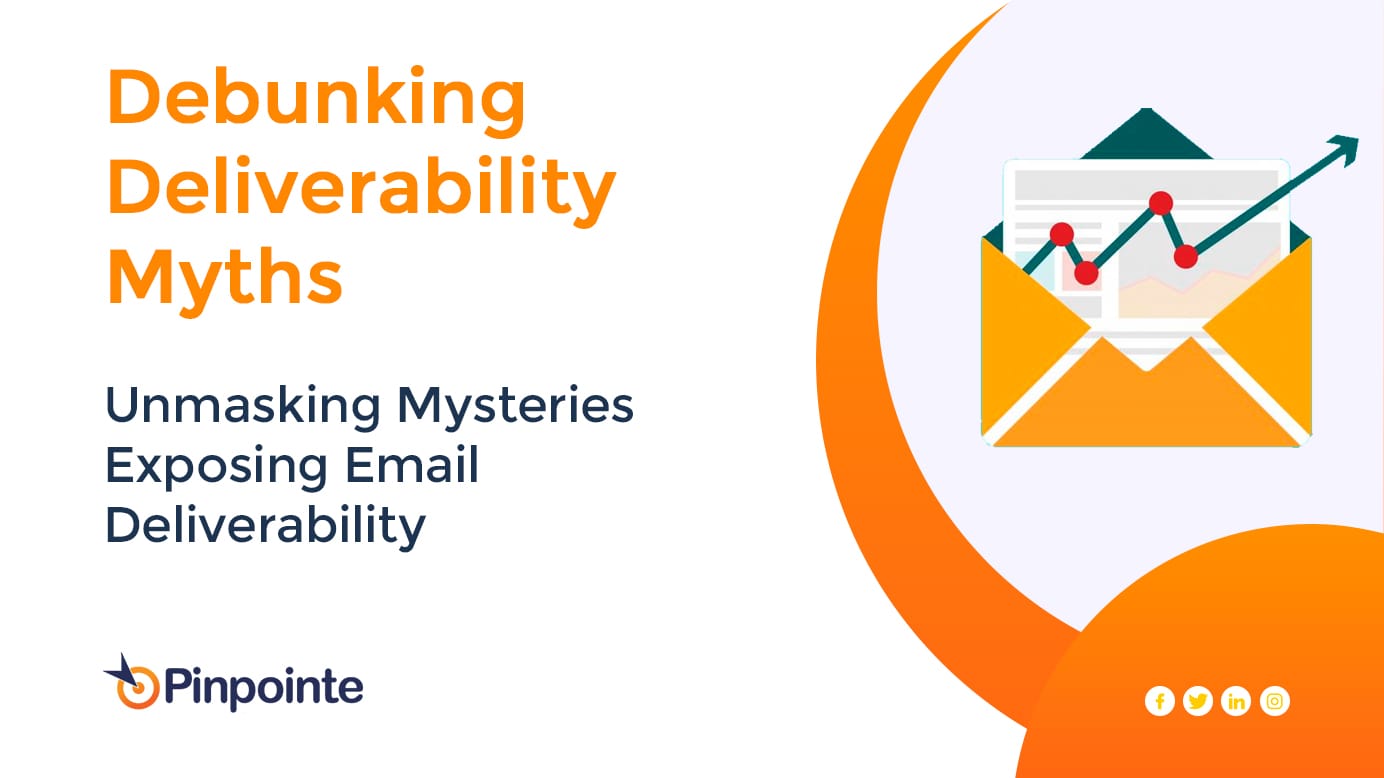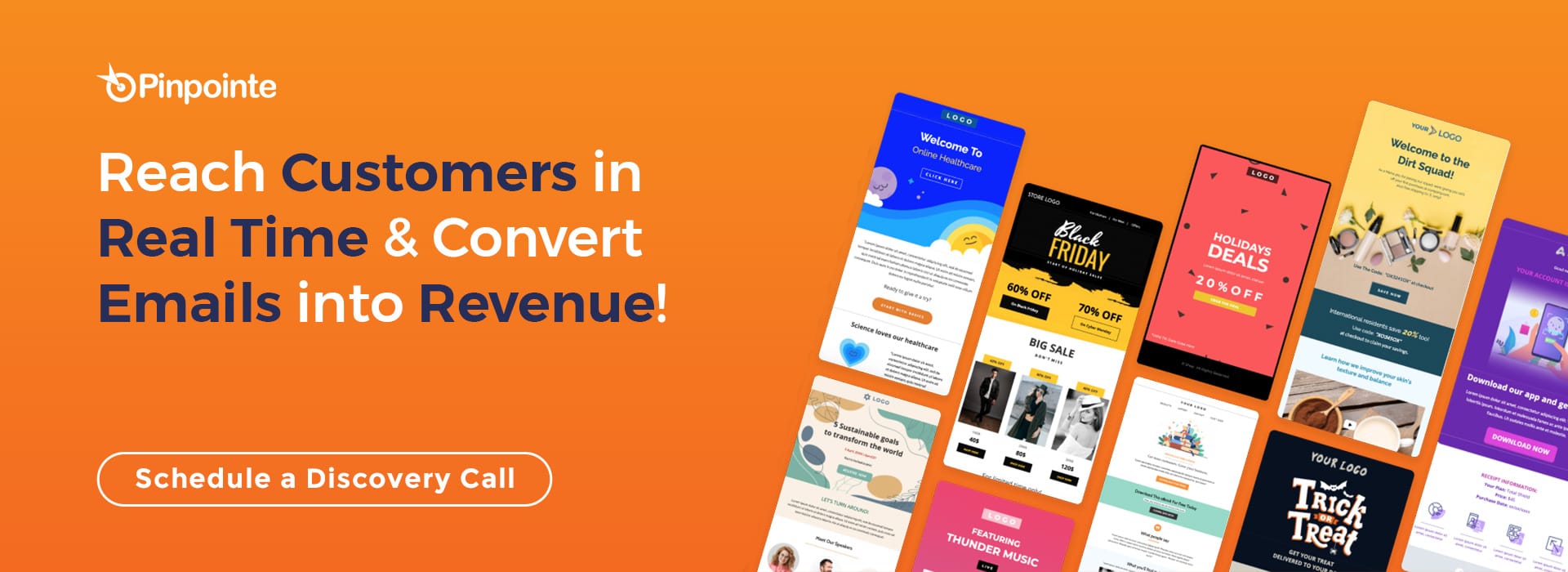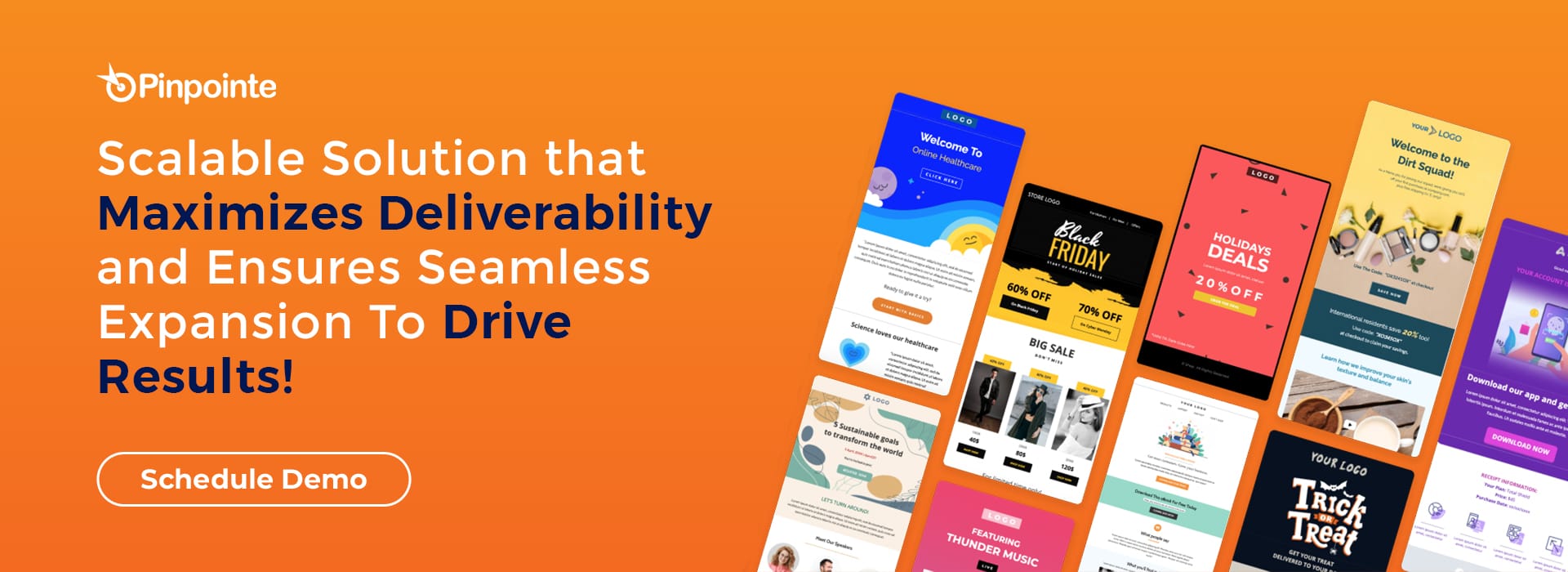
Unmasking Mysteries: Exposing Email Deliverability Myths
Table of Contents
Navigating the cosmos of email deliverability often feels like venturing into the unknown, with a bundle of myths obscuring the path to clarity. The question arises: Why is there such a cosmic cloud of misinformation surrounding deliverability? The answer lies in the multifaceted nature of email deliverability, influenced by each sender's unique needs, goals, and practices. What proves effective for one may not hold true for all, giving rise to a galaxy of myths that demand scrutiny. In this odyssey, we unravel some of the most challenging myths that, if believed, could have an asteroid-sized impact on your reputation and email deliverability.
Mythbusting: Separating Fact from Fiction
Myth 1: A New IP Can Be Blocked During a Migration
Migrations between IPs resemble navigating uncharted territories. While adjustments are inevitable during this transition, the myth that new IPs will be automatically blocked isn't a universal truth. Mitigating blocks requires meticulous management of your domains, subdomains, and overall reputation. A healthy domain, coupled with a positive track record from former IPs, smoothens the migration trajectory.
Myth 2: If an ISP Blocks Your IP Address, Just Spin Up a New One
The notion of swiftly spinning up a new IP when blocked might seem tempting, but it mirrors tactics employed by spammers. Instead of resorting to IP hopping, addressing the root cause with ISPs proves more sustainable. Collaboration with ISPs to resolve issues ensures a strategic resolution, preserving sender credibility.
Read about Deliverability Protection & Mitigate the Impact of Gmail's Removal of Inactive Accounts
Myth 3: Opens Are a Reliable Metric
The eternal quest for a definitive metric often leads senders to rely on open rates as an email metric holy grail. However, the reliability of open rates is shrouded in ambiguity. While not dismissing open rates entirely, understanding their nuances is crucial. Inflated by automated clicks, open rates offer a partial view. To gauge true user engagement, placing open rates with click-through rates and overarching trends.

Myth 4: A Dedicated IP Is Always the Best Option to Mitigate Risk
The division between shared and dedicated IPs unfolds in the myth that a dedicated IP is the unequivocal shield against risk. The reality, nuanced by sender identity and send volume, challenges this belief. For low send volumes, shared IPs can accelerate reputation-building. Leveraging subdomains to segment sending adds an extra layer of protection, irrespective of IP categorization.
Myth 5: If Your Emails Go to the Promotions Tab, Google Will Fix It for You
Google, an enigmatic force in deliverability, fuels myths of secret fixes and direct interventions. The myth surrounding Google fixing Promotions Tab placements is debunked, emphasizing that inbox positioning is intricately linked to user experience. Understanding Google's algorithms and aligning with user behavior proves more effective than seeking direct interventions.
Myth 6: In the Future, Domain Reputation Will Be Far More Important
As the email landscape evolves, the myth of domain reputation surpassing IP reputation gains traction to maximize email deliverability. While domain reputation gains prominence, the role of subdomains becomes pivotal. Subdomains act as guardians, shielding different streams of messaging. A serious approach to domain reputation, complemented by subdomain strategies, emerges as the trajectory for sustained sender credibility.
Myth 7: Less Is More During the Holiday Sending Season
The myth of restraint during the holiday season challenges the notion of amplified messaging. Inbox fatigue looms as a concern, emphasizing the need for purposeful and focused messaging. Irrespective of the season, strategic and meaningful communication triumphs over indiscriminate sending. A measured approach ensures impact without overwhelming recipients.
Myth 8: You Shouldn't Have Too Many Subdomains
As subdomains emerge as reputation guardians, the myth surrounding their abundance comes under scrutiny. Best practices dictate purposeful subdomains that align with varied traffic types. While there's no numerical limit to subdomains, strategic segmentation ensures relevance. Balancing subdomain proliferation with intent safeguards sender reputation effectively.

Myth 9: DMARC Setup Is Optional
The complexity of DMARC setup often positions it as an optional measure. However, as the email landscape evolves, the myth of DMARC's dispensability unravels. DMARC, a beacon against spoofing, gains significance in proving sender legitimacy. While not an immediate requirement for all providers, the evolving landscape foretells a future where DMARC adoption becomes imperative and steps are already been taken by Gmail and Yahoo in early 2024 that require bulk senders to adopt DMARC.
Myth 10: Changing ESPs Will Solve All Your Deliverability Problems
The myth of shifting blame to Email Service Providers (ESPs) as a panacea for deliverability woes overlooks fundamental sender practices. While ESPs vary in features, scalability, and reporting, the burden remains on senders to uphold good practices. Shifting providers won't absolve senders of poor practices, emphasizing the need for proactive sender responsibility.
Myth 11: Using "No Reply" in the Sender Address Is OK
The practicality of using a "No Reply" address for certain communications prompts the myth of its acceptability. While context matters, promotional or marketing emails with a "No Reply" address are discouraged. Triggered messages, like shipping notifications, may warrant a nuanced approach. Every message sent is an opportunity for rapport-building, challenging the myth's blanket acceptance.
Conclusion
The myths persist in email deliverability and requiring vigilant myth-busting. This journey through debunked myths underscores the complexity of deliverability. As the cosmos continues to unveil its mysteries, embracing best practices and understanding nuanced truths becomes the compass for email explorers.
The quest for inbox success demands a holistic approach, transcending myths to pave the way for sustained sender success. That concludes our myth-busting journey, but the cosmos of deliverability continues to unfold, inviting further exploration and discovery. For those seeking assistance in navigating the intricacies of deliverability, schedule a free demo with Pinpointe to discuss and refine your email needs. The journey doesn't end here; it transforms into an ongoing exploration of deliverability best practices and evolving strategies.

Pinpointe Newsletter
Join the newsletter to receive the latest updates in your inbox.

